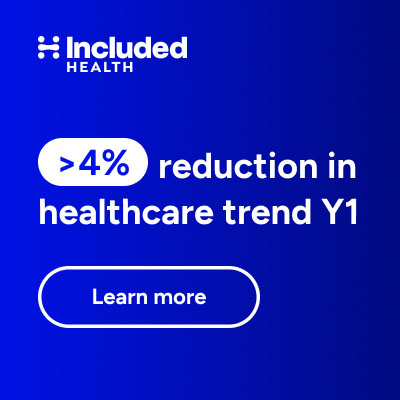
By ETIENNE DEFFARGES
The official 2017 statistics from the U.S. Department of Health and Human Services (DHHS) are out, and there are some good news: The annual growth rate of health care spending is slowing down, and is the lowest since 2013 at 3.9%—it was 4.3% for 2016 and 5.8% for 2015. The bad news is that our health care cost increases are still well above inflation, and that we spent $3.5 trillion in this area, or 17.9% of GDP. Americans spent $10,739 on health care in 2017, more than twice as much as of our direct economic competitors: This per capita health care spending was $4,700 in Japan; $5,700 in Germany; $4,900 in France; $4,200 in the U.K.; $4,800 in Canada; and an average of $5,300 for a dozen such wealthy countries, according to the Peterson -Kaiser health system tracker from the Kaiser Family Foundation, and OECD data. Spending almost a fifth of our GDP on health care, compared to 9-11% for other large developed economies (and much less in China), is like having a chain tied to our ankles when it comes to our economic competitiveness.
To answer these questions, we need to look in more detail at the largest areas of health care spending in America, and at the recent but also longer term spending trends in these areas. Using the annual statistics from the DHHS, we can compare the growth in spending in half a dozen critical health care categories with the growth in total spending, and this for the last three years as well as the last decade. Over the last decade, since 2007, these costs grew 52% in aggregate (from $2.3T to $3.5T) and 41% per capita (from $7,630 to $10,740).







 The fact that I was once the CEO of a health insurer may cause you to read this with some skepticism.
The fact that I was once the CEO of a health insurer may cause you to read this with some skepticism.








